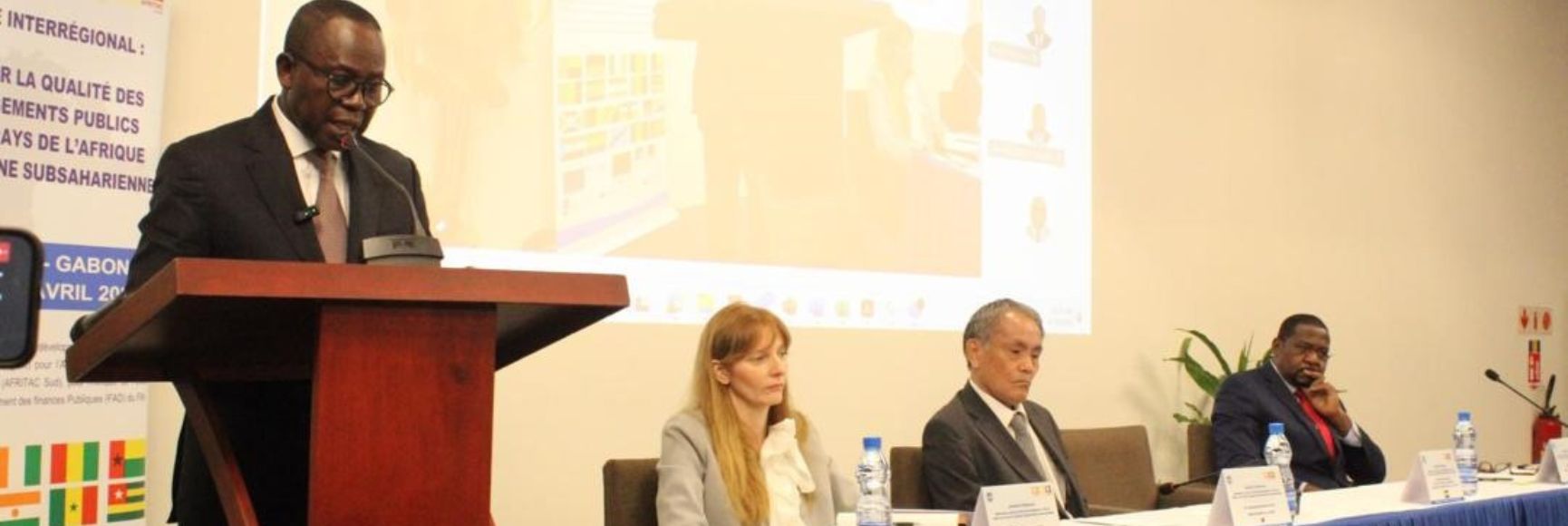
Posted by Ha Vu, Lesley Fisher, and Eivind Tandberg
A recent workshop at the IMF’s South Asia Regional Training and Technical Assistance Center (SARTTAC) discussed public investment management. The workshop attracted twenty-five senior and mid-level officials from different countries in the region including Bhutan, India (central and state governments), the Maldives, Nepal and Sri Lanka. Participants demonstrated a strong commitment to improving their national and state-level public investment systems. Countries are at various stages of reviewing their public investment management systems. Some have already undertaken in-depth analysis and initiated action plans while other countries indicated their interest in doing.
The workshop design reflected key elements and good practices of public investment management, as defined in the IMF Public Investment Management Assessment (PIMA) framework. The PIMA is a diagnostic tool which evaluates a country’s institutional arrangements for planning, allocating and implementing public investment projects. It evaluates 15 different institutions or indicators. Workshop sessions discussing the different PIMA components were complemented by several interactive group exercises, where participants discussed public investment capacities in their respective countries and identified common issues across the , as indicated below. There were several very interesting country presentations, including the Maldives’ experiences from a PIMA assessment and Bhutan’s approach to basing national planning on the Gross National Happiness (GNH) index. The public investment management experiences from India, Nepal and Sri Lanka further illuminated the different challenges and approaches in the region.
Regarding public investment planning, the group exercises indicated that many basic institutions are in place, but need further strengthening. Many countries in South Asia have fiscal rules, national and sectoral strategies, and mechanisms for central and local coordination of public investment. Fiscal rules, however, are not always consistently and transparently applied, and national and sector strategies may provide little information on specific investment priorities and the costs and impact of projects. Many countries indicated that the management of PPPs is the highest reform priority in the area of public investment planning. Other priorities included strengthening of infrastructure regulation, including through independent regulators, and more comprehensive planning documents.
Countries in the region have basic mechanisms in place for allocating funds to public investment projects. These mechanisms are important to ensure that approved investment projects are effectively implemented and are not jeopardized by ad-hoc funding decisions. All countries have annual budgets, and most also have medium-term budget frameworks to assist long-term allocation considerations. Budgets are generally comprehensive, with external funds being channeled through the budget, but PPPs are not disclosed in budget documents. Capital and current budgets are presented together, but recurrent cost implications of investment projects are not well described. Countries indicated that they all have some appraisal mechanism in place, including cost/benefit analysis. However, these mechanisms are limited in comprehensiveness and stringency, and none of the countries have a rigorous gateway mechanism for project appraisal and selection. Countries indicated that enhanced medium-term budgeting for capital expenditures, inclusion of PPPs in budget documents and strengthened appraisal and selection are clear reform priorities in public investment allocation.
Regarding investment project implementation, the institutional frameworks for protection of investments and availability of funding are quite mixed. No country has multi-year appropriations, but information on full project costs are disclosed in some cases, in-year transfers from capital to current spending is generally quite limited and does not undermine capital budget implementation, and some countries have a limited carry-over mechanism for capital budget appropriations. Cash planning is in place, although cash shortages may arise in some cases, and donor funds are quite adequately integrated in cash management in most countries. Countries generally find capital budget execution to be transparent and project management arrangements to be adequate. In contrast to the situation in many other regions, none of the countries indicated that procurement arrangements were major impediments to effective project implementation. The main weakness recognized by all countries was in monitoring of assets. In the absence of accrual accounting and comprehensive balance sheets, few mechanisms are in place to ensure that asset values are protected through adequate maintenance.
Note: The posts on the IMF PFM Blog should not be reported as representing the views of the IMF. The views expressed are those of the authors and do not necessarily represent those of the IMF or IMF policy.





